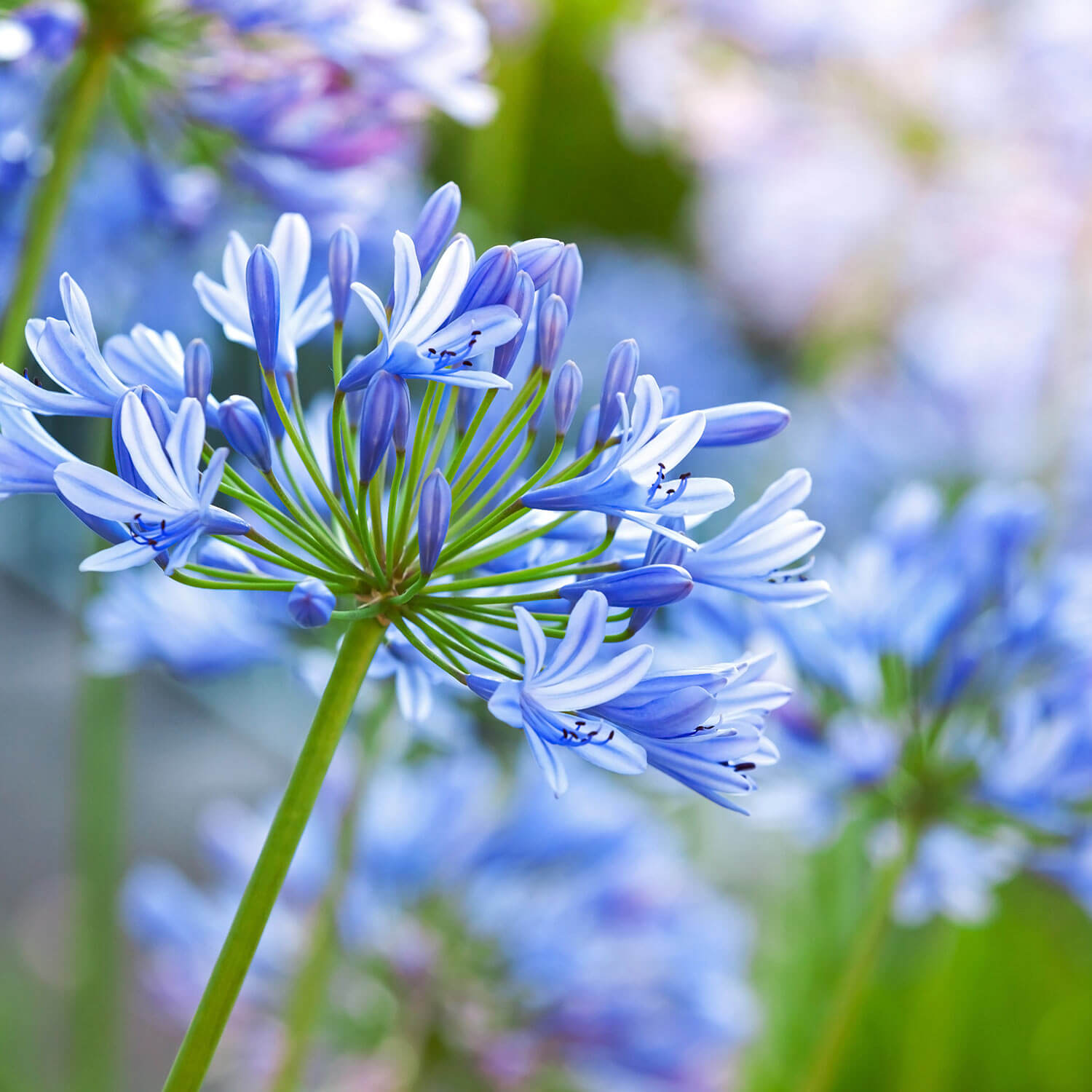Grasping the Art of Agapanthus Treatment: Crucial Actions for Healthy Development and Vivid Flowers
In the realm of gardening, the farming of agapanthus stands as a gratifying undertaking for those who seek to nurture these stylish flowering plants. From choosing the appropriate range to mastering trimming methods, the trip towards cultivating prospering agapanthus plants is diverse and holds the vital to unlocking the full potential of these agricultural treasures.

Selecting the Right Agapanthus Selection

When selecting the appropriate Agapanthus range for your yard, take into consideration elements such as climate suitability, bloom shade, and development practice. Additionally, take into consideration the climate in your region to make sure the Agapanthus range you pick can prosper in your specific conditions. Understanding the development practice of different Agapanthus varieties is essential for proper positioning within your garden.
Perfect Planting Conditions
Taking into consideration the optimum environmental demands is essential for successful Agapanthus growing. Agapanthus plants are delicate to cool temperature levels and ought to be protected from frost throughout winter months.
To guarantee healthy development and dynamic blooms, plant Agapanthus bulbs at a deepness of regarding 2-4 inches and space them 8-12 inches apart. Mulching around the base of the plants assists preserve dampness and reduces weed development.
Watering and Fertilizing Tips
Maintaining correct wetness degrees and providing important nutrients are crucial elements in the care program for Agapanthus plants. When it comes to sprinkling Agapanthus, it is critical to strike an equilibrium. These plants choose continually wet soil but are prone to root rot if overwatered.
Feeding Agapanthus is crucial for advertising healthy growth and respected flowers. Apply a balanced fertilizer, such as a 10-10-10 formula, in the early springtime as new growth arises. Repeat this application every 6-8 weeks throughout the growing period. Stay clear of excessive fertilization, as it can result in lush foliage at the cost of blooms. Always adhere to the producer's guidelines for proper dilution and application methods. By following these watering and feeding pointers, you can guarantee your Agapanthus plants thrive and generate lively, lasting flowers.
Trimming Strategies for Agapanthus
Trimming Agapanthus plants at the appropriate times and with appropriate methods is crucial for maintaining their health and wellness and promoting ideal growth and blooming. The perfect time to trim Agapanthus remains in late winter or early spring before new a knockout post growth emerges. Start by removing any dead or yellowing leaves near the base of the plant. Cut them as close to the ground as possible without damaging the emerging shoots.
Deadheading invested flowers can likewise reroute the plant's power into creating more blooms rather than establishing seeds. If you want to gather seeds for breeding, leave some blossoms to fully grown and completely dry on the plant.
Bear in mind to make use of tidy, sharp devices to make precise cuts and reduce the threat of presenting illness. Agapanthus. Regular trimming will certainly assist maintain your Agapanthus looking healthy and cool while making sure a plentiful screen of lovely blossoms
Managing Usual Bugs and Conditions
After ensuring proper pruning strategies for Agapanthus, it is necessary to resolve common parasites and diseases that can affect the wellness and vitality of these plants. Agapanthus plants are generally durable however can still succumb specific concerns. One typical bug that influences Agapanthus is the Agapanthus gall midge. This small, orange fly lays its eggs in the foliage, causing distorted growth and flower buds that fail to open. To battle this insect, trim and ruin any affected plant parts and consider making use of insecticidal soap.
Additionally, Agapanthus plants can suffer from origin rot if they are grown in poorly draining pipes soil. By being alert and taking prompt action versus diseases and insects, you can assist your Agapanthus plants prosper and produce dynamic blossoms. Agapanthus.

Conclusion
To conclude, mastering the art of agapanthus care includes choosing the ideal range, supplying suitable planting conditions, appropriate watering and feeding, suitable pruning techniques, and resolving common insects and diseases. By adhering to these crucial actions, you can ensure healthy growth and vibrant blossoms for your useful content agapanthus plants. Keep in mind to routinely keep an eye on and keep your plants to advertise their general well-being and long life.
To ensure healthy and balanced development and vivid blooms, plant Agapanthus light bulbs at a deepness of concerning 2-4 inches and space them 8-12 inches apart. By following these watering and feeding tips, you can guarantee your Agapanthus plants flourish and produce dynamic, resilient check blooms.
One typical parasite that impacts Agapanthus is the Agapanthus gall midge. Furthermore, Agapanthus plants can suffer from root rot if they are planted in poorly draining dirt. By complying with these crucial steps, you can guarantee healthy and balanced development and lively blooms for your agapanthus plants.